The history of the U.S. Air Force, from the 1940s to today
Welcome to the sky-high adventures of the United States Air Force, an elite force that exemplifies courage, innovation, and dedication. Established as a separate branch of the U.S. military in 1947, the Air Force has been a pivotal force in global air defense. It’s more than just jets and dogfights; it’s a realm of remarkable stories and groundbreaking achievements that captivate aviation enthusiasts around the world.
The Birth of the U.S. Air Force: A Historic Takeoff
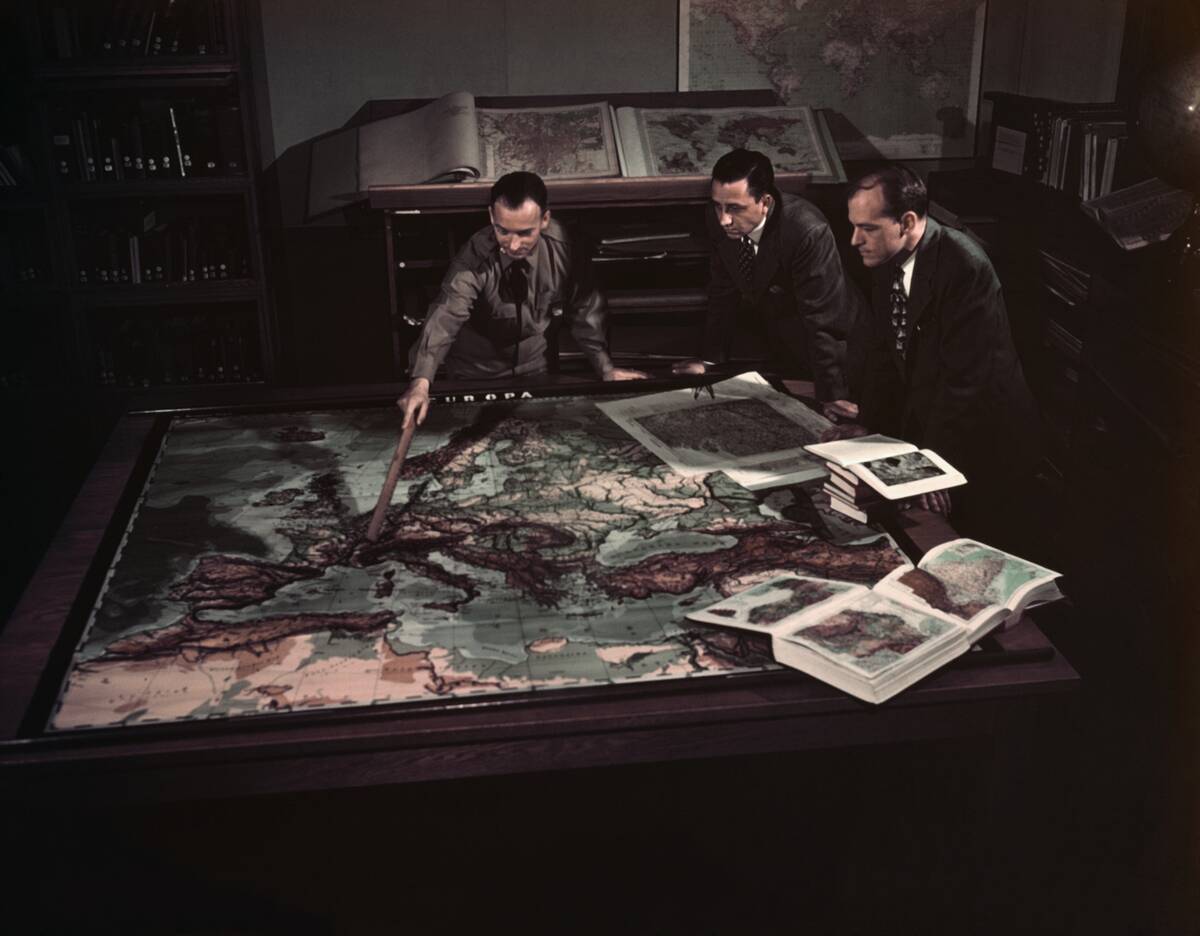
The U.S. Air Force was officially established on September 18, 1947, following the National Security Act, which marked a new era in aerial warfare. Before its formation, air operations were part of the U.S. Army Air Corps. The transition acknowledged the increasing importance of air superiority in modern warfare and was a step towards a more specialized and advanced aviation force.
The U.S. Air Force Motto: Aiming High, Flying High
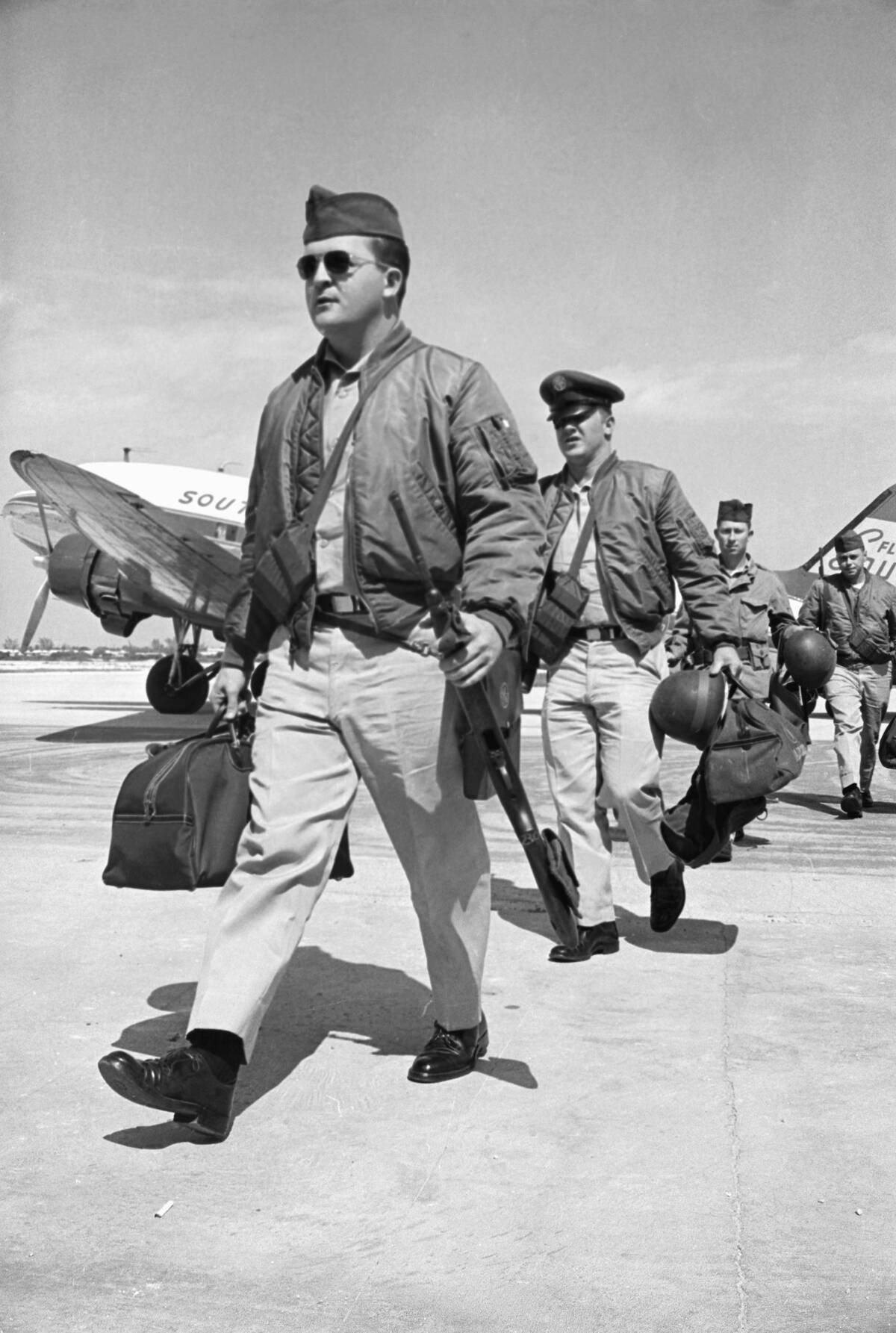
The motto of the U.S. Air Force, “Aim High… Fly-Fight-Win,” encapsulates its ethos of excellence and relentless pursuit of victory. This motto is not just about achieving altitude but reflects the drive and determination that Airmen bring to their service. It serves as an inspiring call to action, motivating Air Force personnel to strive for success in every mission.
The First Female Pilots: Breaking Barriers in the Sky
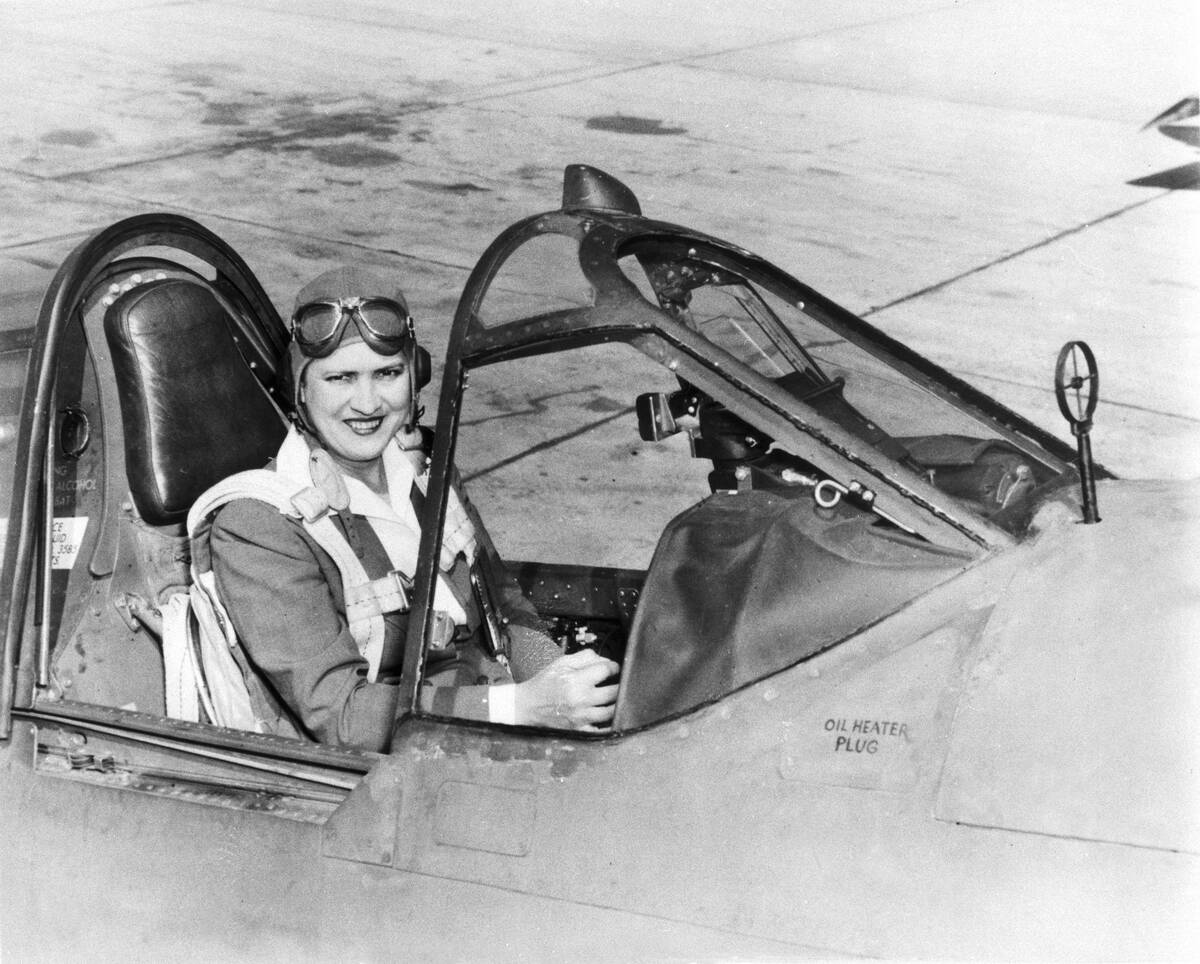
Trailblazing women like Jacqueline Cochran paved the way for female pilots in the Air Force. Cochran, a pioneering aviator, was instrumental in forming the Women Airforce Service Pilots (WASP), a civilian agency, during World War II. Women officially joined the Air Force pilot ranks in 1976, and today, female pilots serve in various capacities, reflecting the progress and inclusivity within the force.
The Air Force’s Secret Weapon: The Stealth Bomber
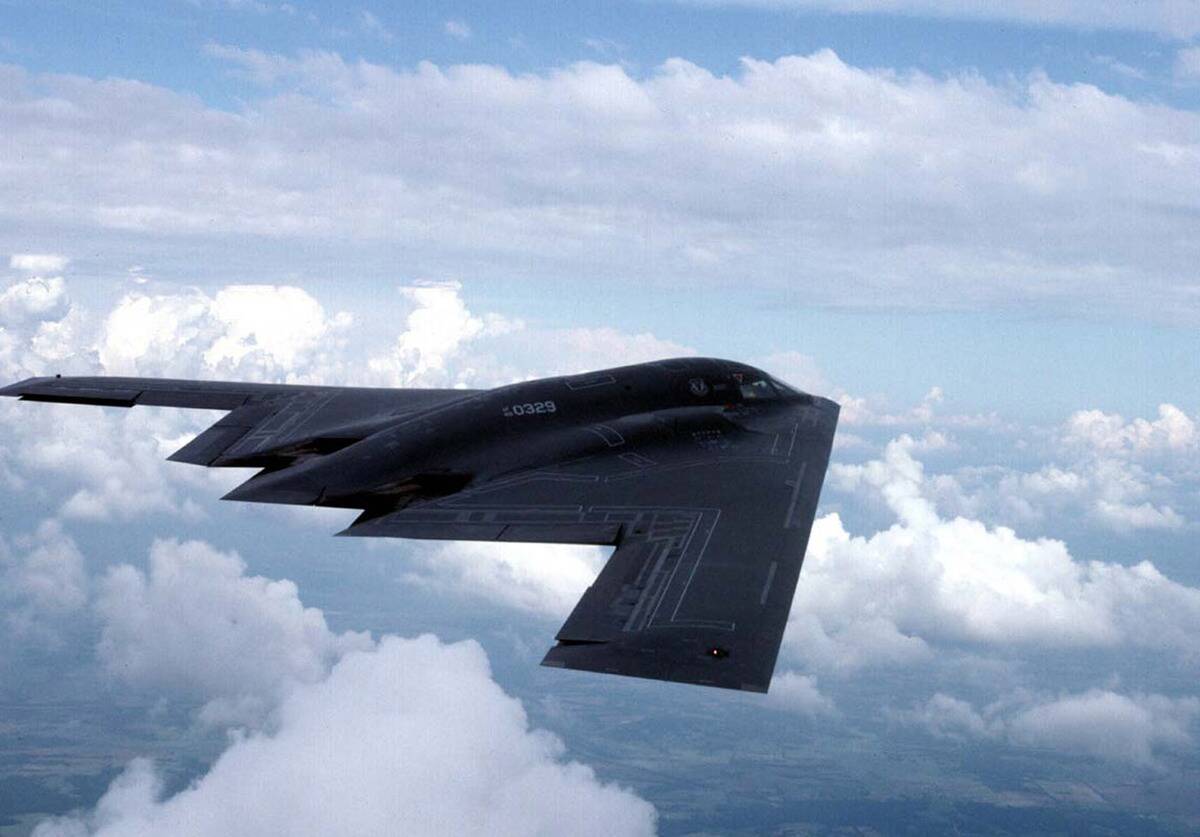
The B-2 Spirit stealth bomber is a marvel of modern engineering, capable of evading radar detection and delivering precision strikes. First flown in 1989, this aircraft has a distinct flying wing design and incorporates advanced technologies that make it nearly invisible to enemy radar. Its ability to penetrate air defenses and deliver payloads anywhere in the world showcases the Air Force’s strategic capabilities.
The U.S. Air Force Academy: Where Leaders Learn to Fly
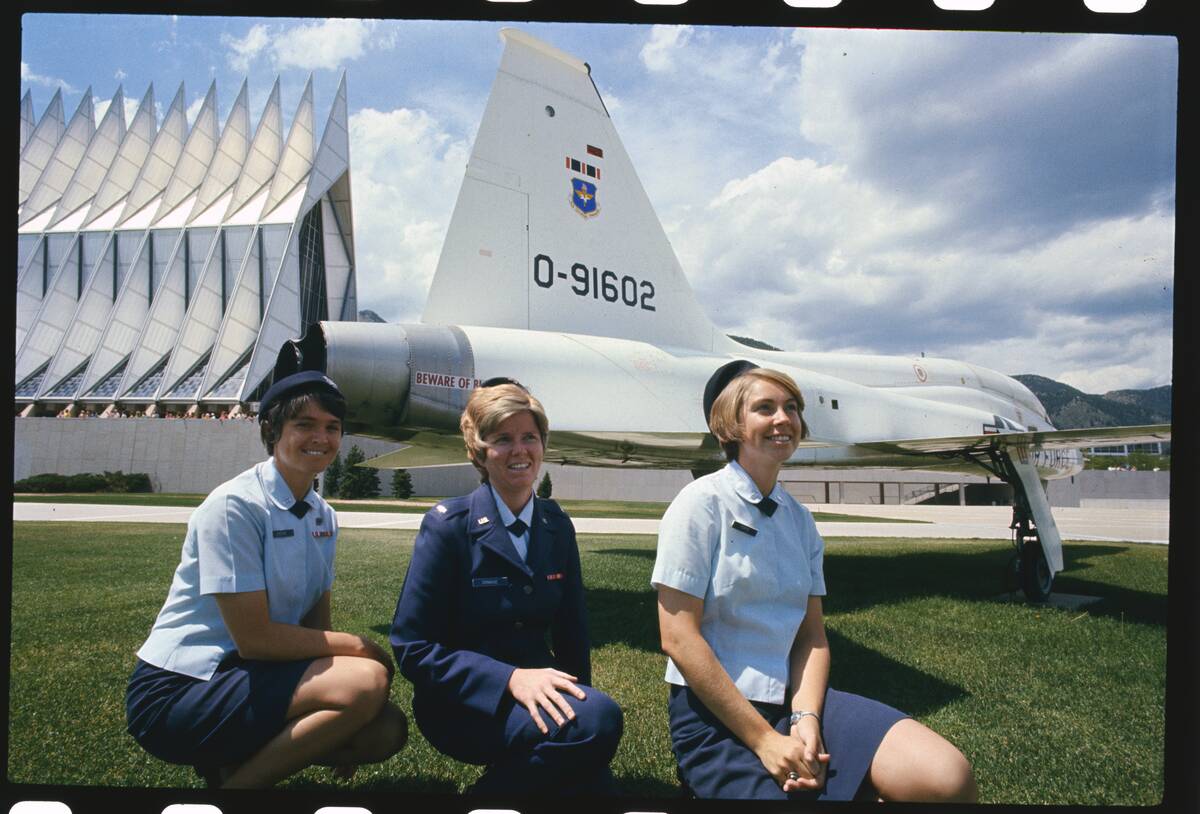
Located in Colorado Springs, the U.S. Air Force Academy is a prestigious institution that molds future leaders and aviators. Established in 1954, the academy offers a rigorous academic and military program, with cadets graduating as commissioned officers. Known for its distinctive chapel and challenging curriculum, the academy is a cornerstone of Air Force excellence.
Space Force Connection: The Final Frontier
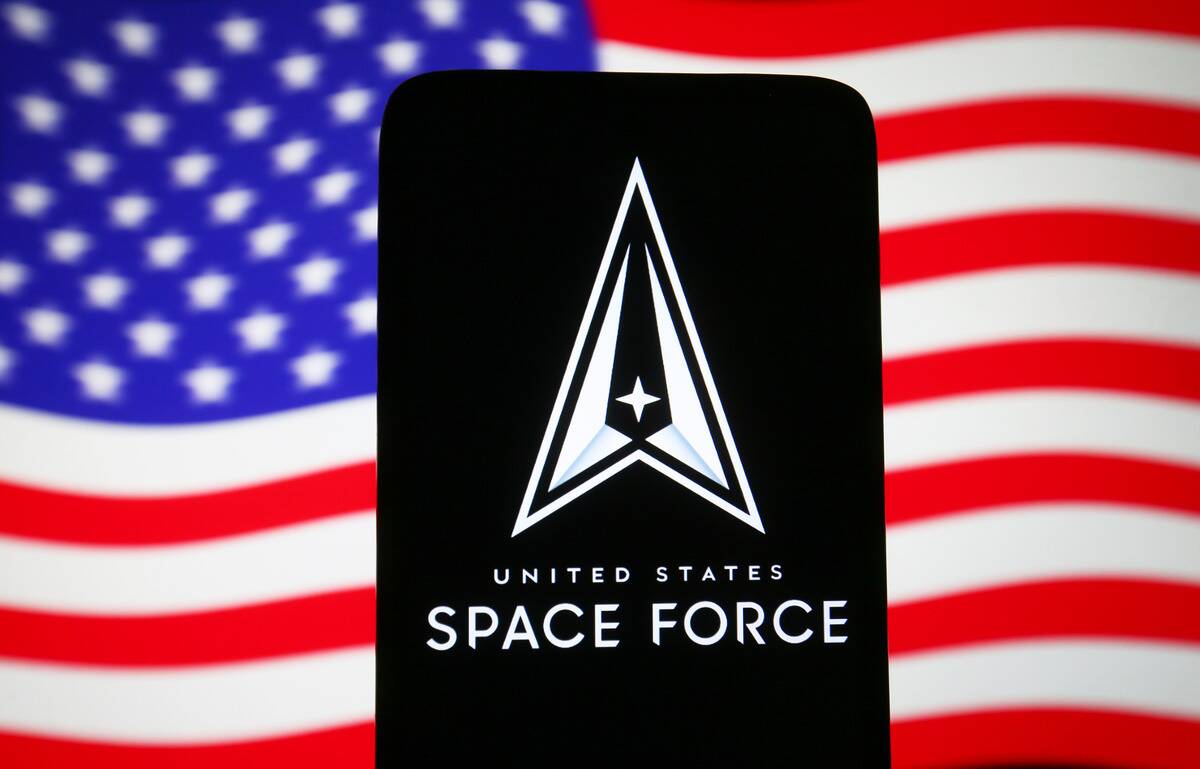
The connection between the U.S. Air Force and the Space Force highlights the growing importance of space in defense strategies. Established in December 2019, the U.S. Space Force was initially an independent service within the Department of the Air Force, focusing on satellite operations and space-based capabilities. This collaboration underscores the evolving nature of warfare, extending beyond the skies into the cosmos.
The Air Force One: Presidential Jetsetters
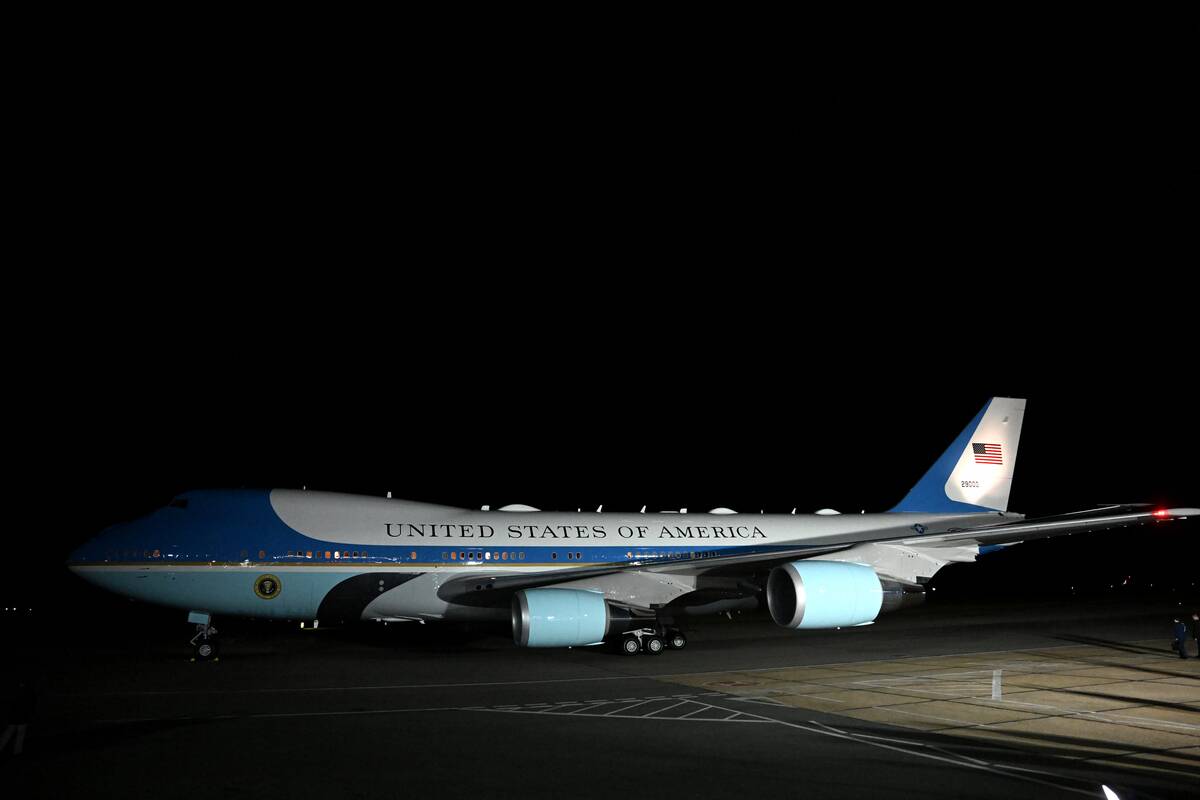
Air Force One isn’t just a plane; it’s a symbol of American power and mobility. Used to transport the President of the United States, Air Force One is equipped with state-of-the-art communication systems and defensive measures. The iconic blue and white Boeing 747, a flying Oval Office, ensures the President can effectively lead while traveling anywhere in the world.
Dogfights and Drama: The Air Force in Hollywood
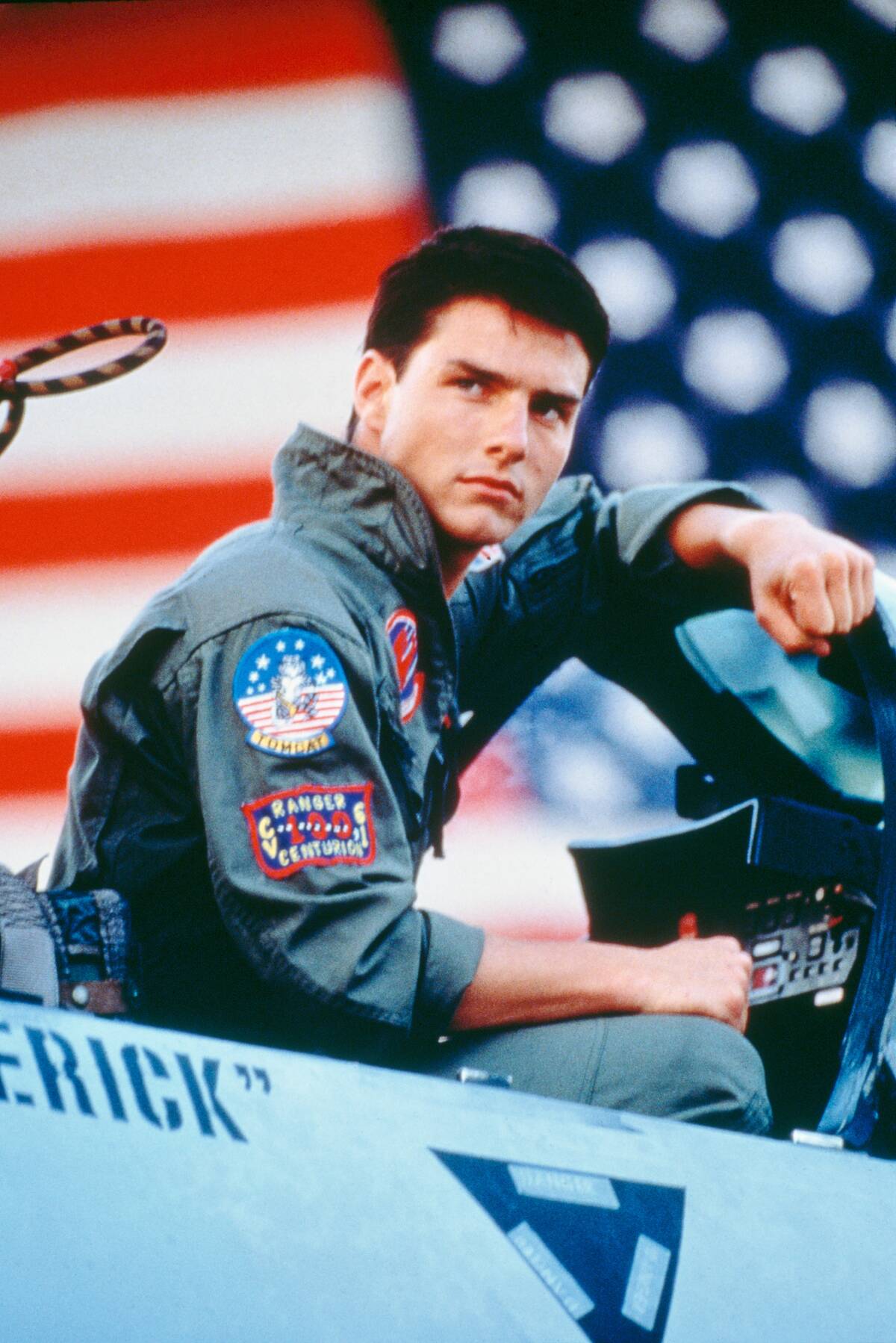
Hollywood has long been fascinated with the thrill of dogfights and the heroism of Air Force pilots. Films like “Top Gun” and “Iron Eagle” have dramatized the daring exploits of aviators, blending fact with fiction. While “Top Gun” focused more on Navy pilots, its impact on aviation culture and recruitment was undeniable, boosting interest in military aviation careers.
Airmen and Their Nicknames: Call Signs and Beyond
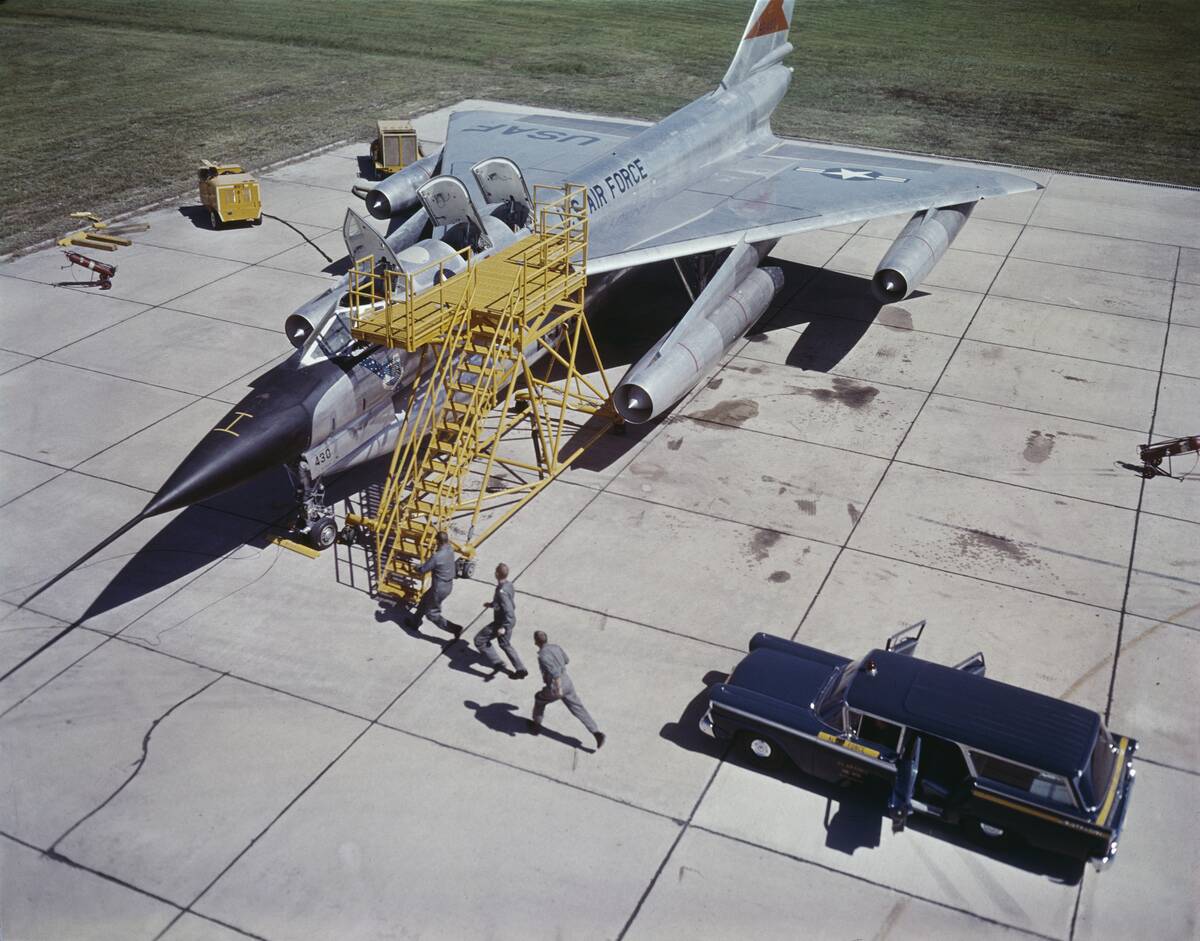
Call signs are a cherished tradition among Air Force pilots, offering a blend of humor and camaraderie. These nicknames often reflect a pilot’s personality, skills, or memorable experiences. From “Maverick” to “Iceman,” call signs add a personal touch to the camaraderie and teamwork that are hallmarks of military life, fostering a unique bond among Airmen.
The Global Reach: Bases Around the World
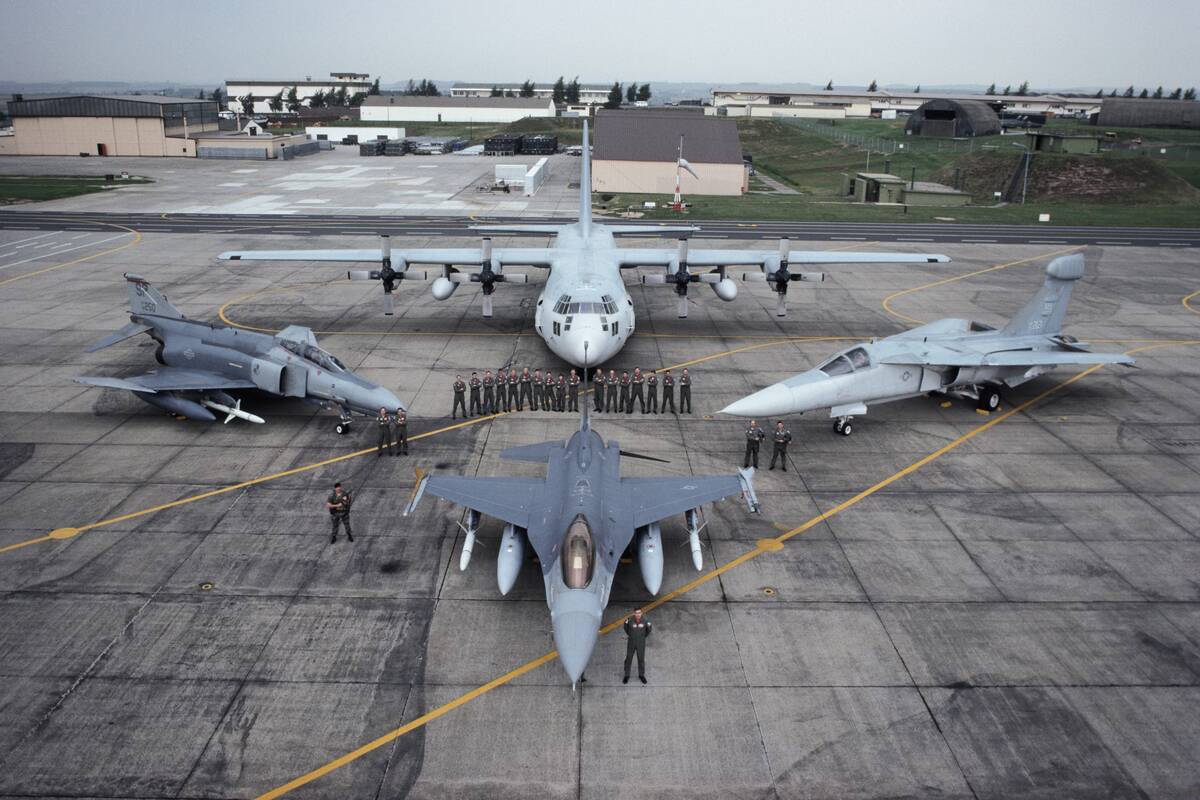
With over 80 bases globally, the U.S. Air Force maintains a significant international presence. These bases support a range of operations, from humanitarian missions to strategic deployments. Locations like Ramstein in Germany and Yokota in Japan highlight the Air Force’s capability to project power and provide rapid response to global events, ensuring readiness and security.
The Air Force Uniform: Fashion with Function
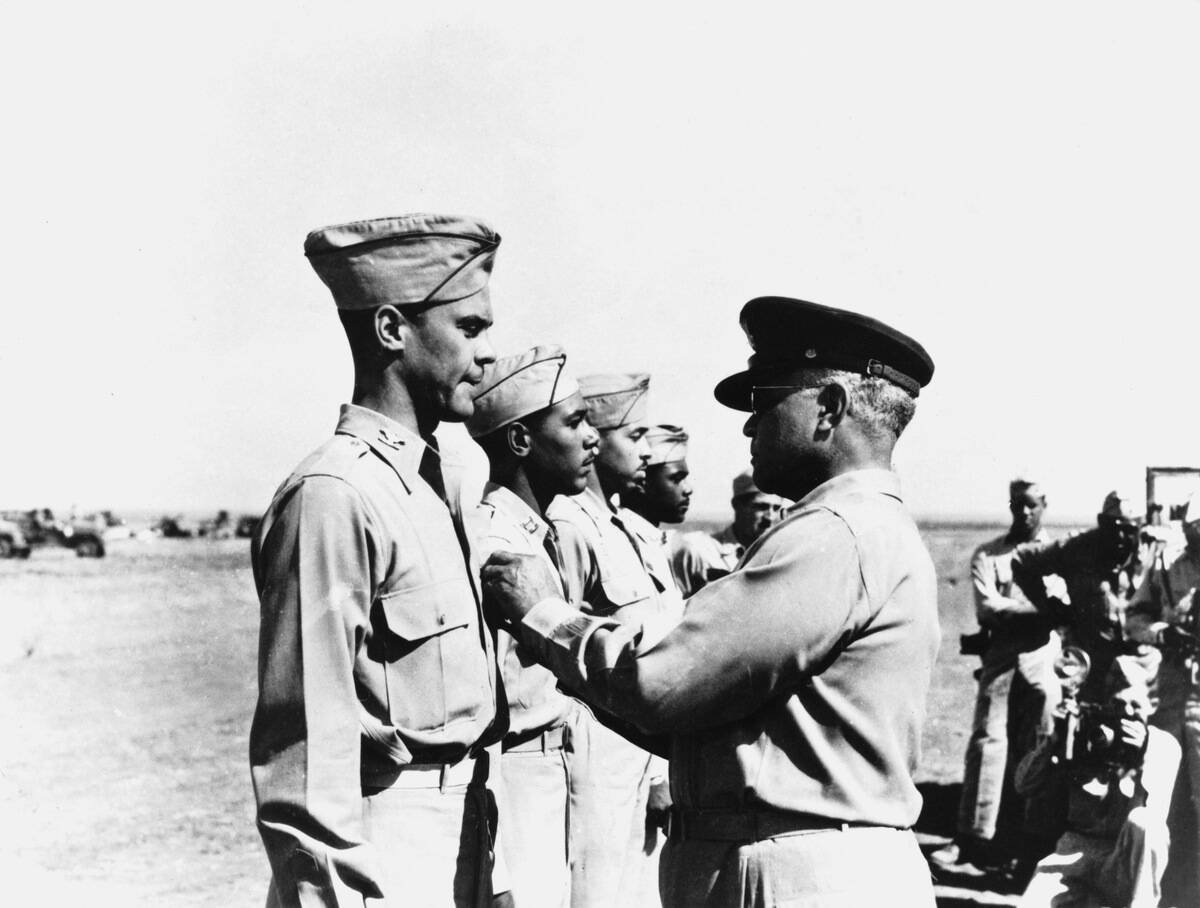
The Air Force uniform is a symbol of professionalism and pride, blending functionality with tradition. The current Operational Camouflage Pattern (OCP) uniform is designed for versatility, durability, and comfort in various environments. From flight suits to dress blues, the attire reflects the Air Force’s commitment to excellence and readiness, while fostering a sense of unity and identity among its members.
The Iconic Thunderbirds: Aerial Acrobatics at Their Finest
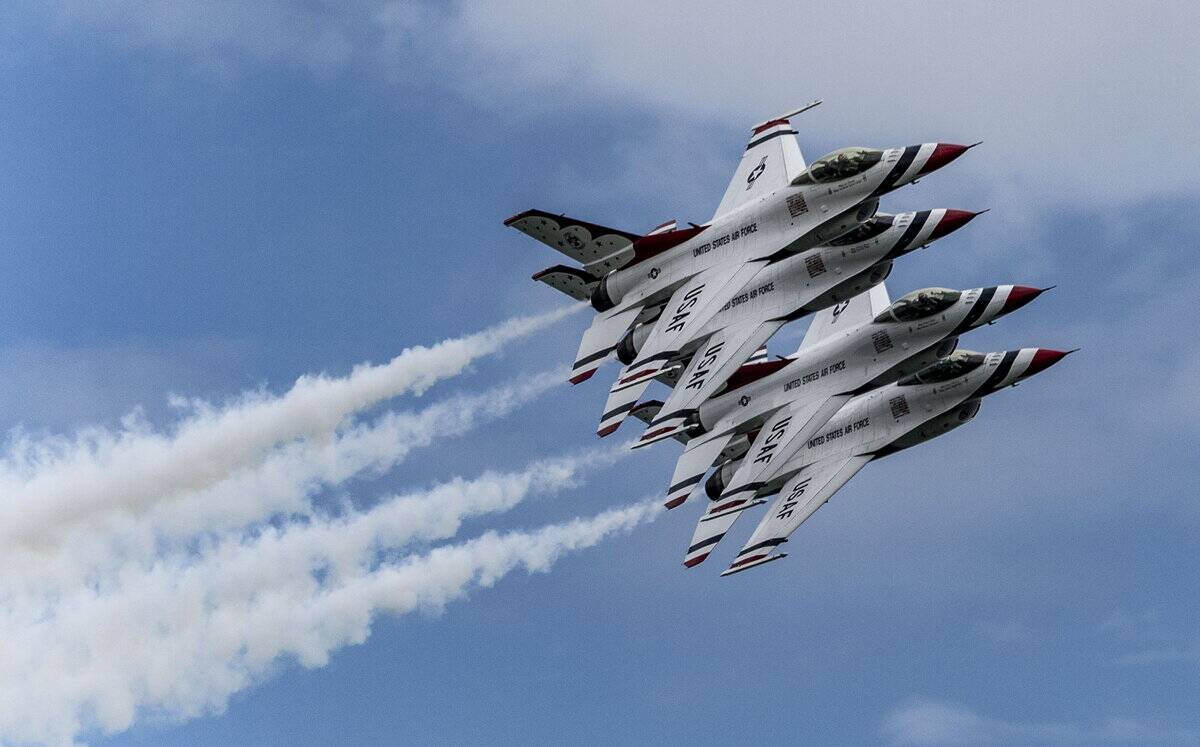
The U.S. Air Force Thunderbirds are a premier demonstration squadron known for their precision and breathtaking aerial maneuvers. Formed in 1953, the Thunderbirds use F-16 Fighting Falcons to perform intricate formations and stunts at airshows worldwide. Their performances are a testament to the skill, teamwork, and discipline that define the Air Force.
The Top Gun Effect: Pop Culture and the Air Force
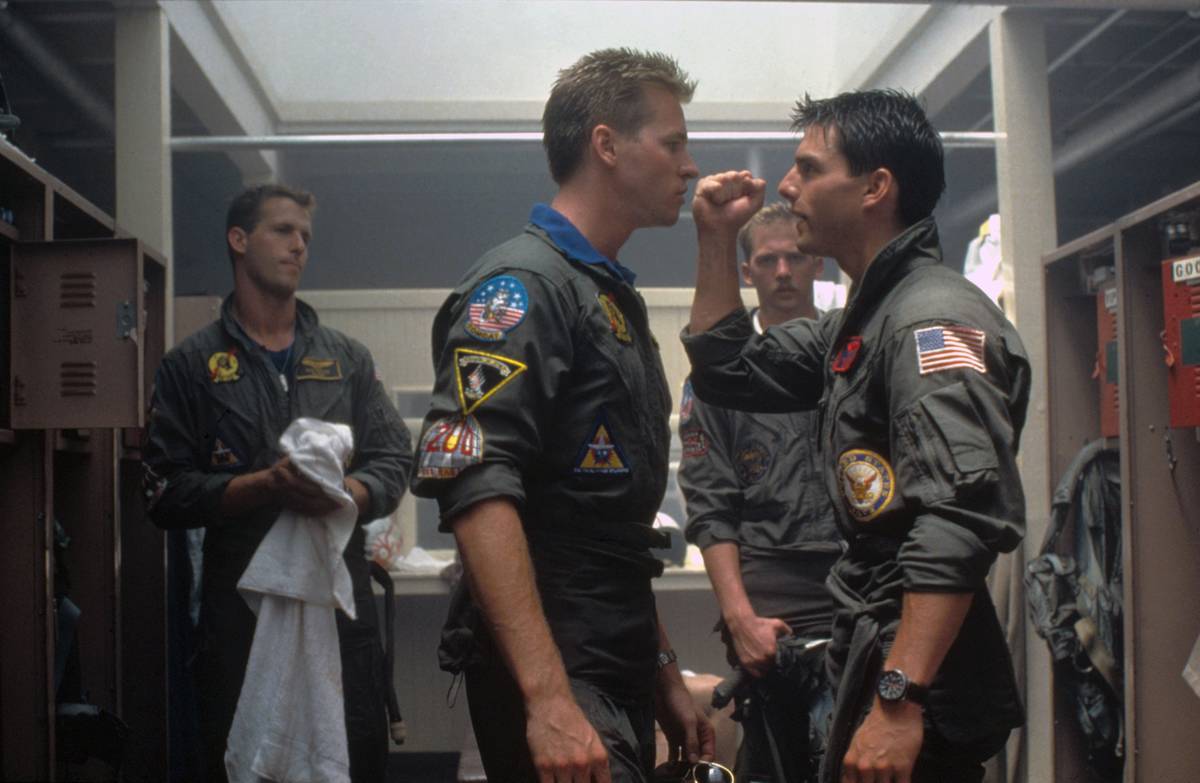
While “Top Gun” primarily showcased Navy pilots, its influence on military aviation cannot be overstated. The film sparked a surge of interest in military aviation, inspiring countless individuals to pursue careers in the Air Force. Its portrayal of aerial combat and pilot camaraderie resonates with audiences, reinforcing the allure and prestige of becoming a military aviator.
Women in the Air Force: Pioneers of the Skies
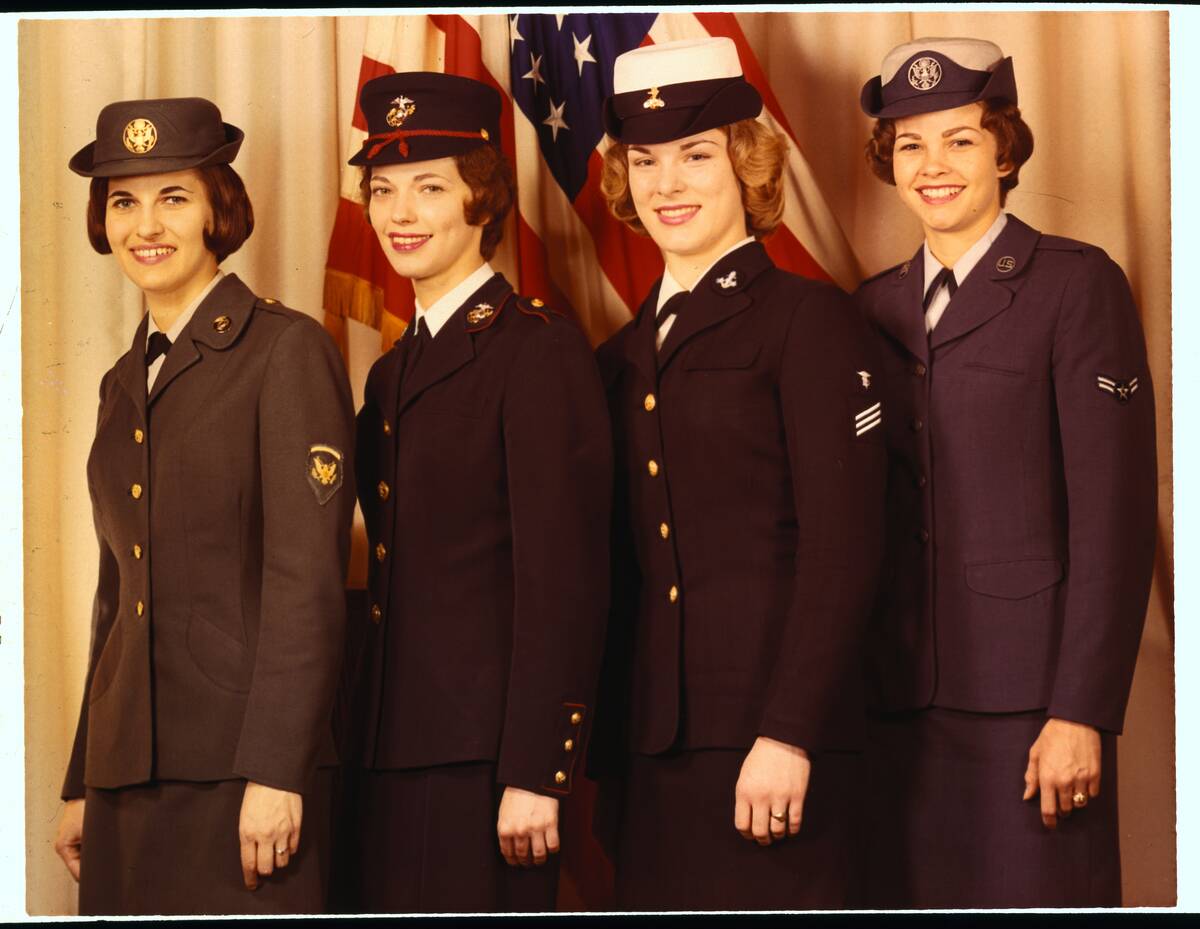
Women have made significant strides in the Air Force, breaking barriers and redefining roles in aviation. From pilots to generals, women have demonstrated leadership and skill, contributing to the force’s success. The Air Force continues to support gender equality, offering opportunities for women to serve in various capacities and advance in their careers, championing diversity and inclusion.
The Air Force Band: Music That Soars
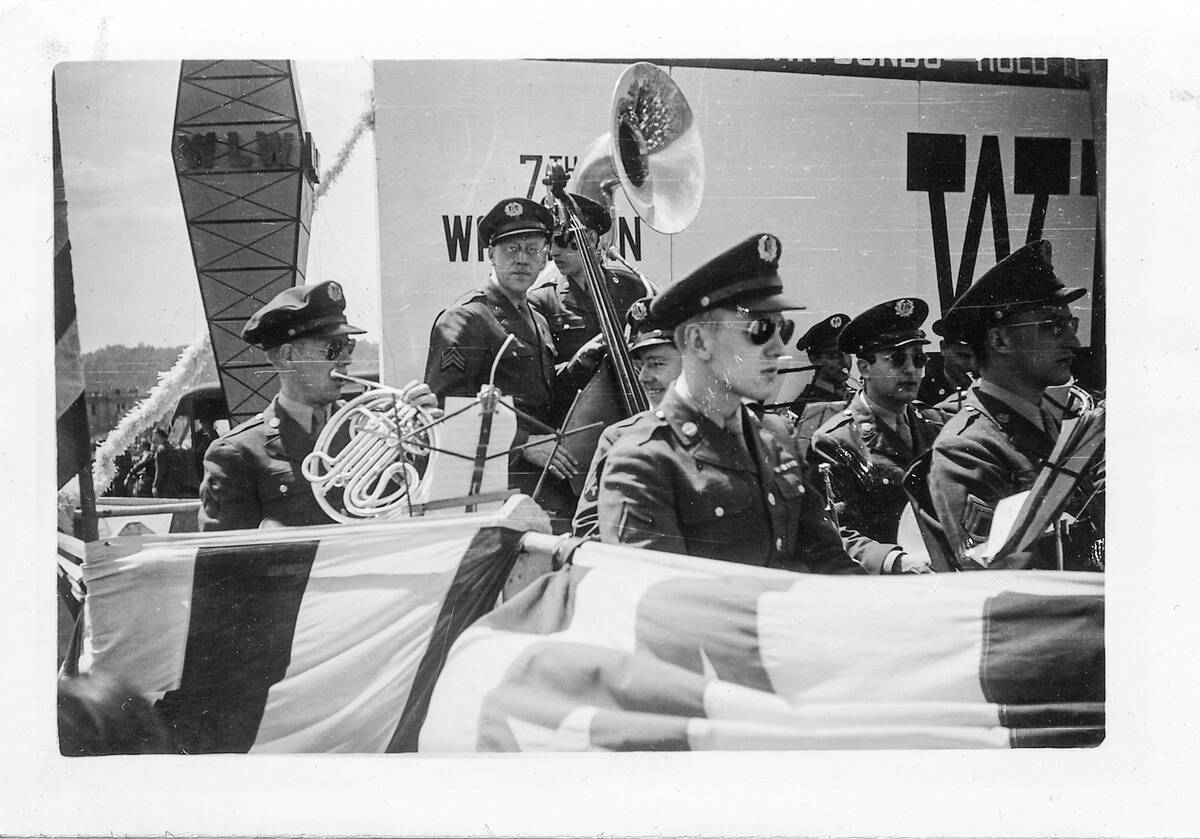
The United States Air Force Band, established in 1941, is renowned for its musical excellence. Comprising several ensembles, the band performs across the globe, representing the Air Force and its values. Their repertoire ranges from classical to contemporary, and their concerts aim to inspire patriotism and pride, connecting the military with the public through the universal language of music.
Humanitarian Missions: The Air Force’s Heartwarming Side
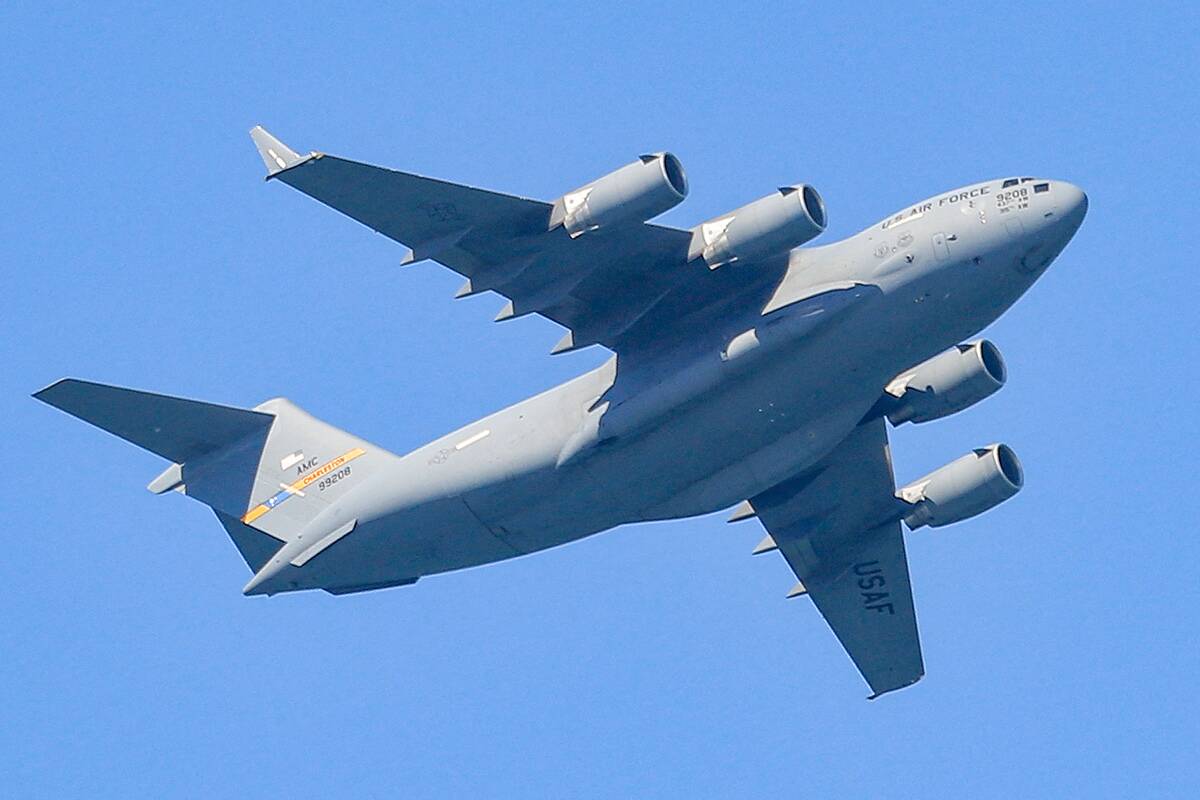
Beyond combat operations, the Air Force plays a vital role in humanitarian missions, providing aid and relief worldwide. From airlifting supplies during natural disasters to conducting medical evacuations, the Air Force’s capability to respond swiftly and effectively highlights its commitment to global humanitarian efforts. These missions showcase the compassionate side of the Air Force, emphasizing service beyond warfare.
The Future of Flight: Air Force Innovations
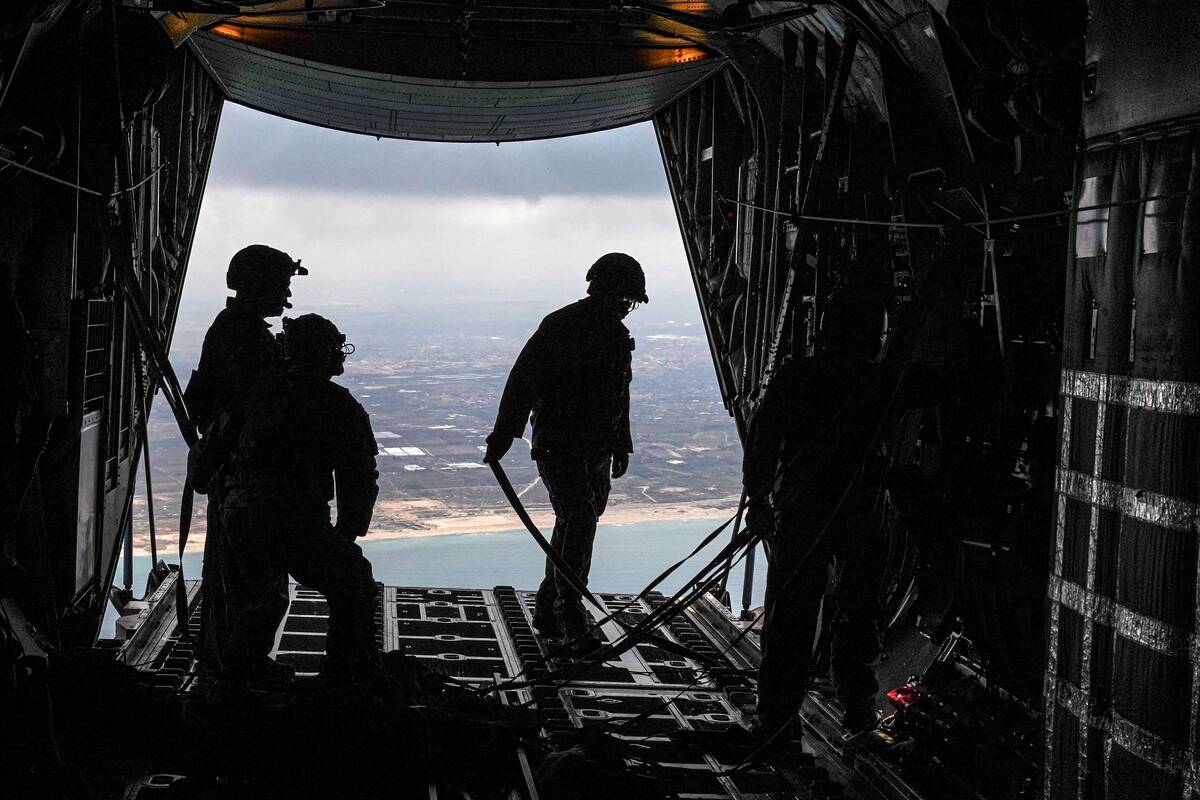
The U.S. Air Force is at the forefront of aviation innovation, investing in cutting-edge technologies like hypersonic weapons and unmanned aerial systems. Research and development initiatives aim to enhance capabilities and maintain air superiority. The Air Force’s focus on advancing technology ensures it remains adaptable and ready to face future challenges, paving the way for the next generation of aviation.
The Air Force Museum: A Treasure Trove of Aviation History
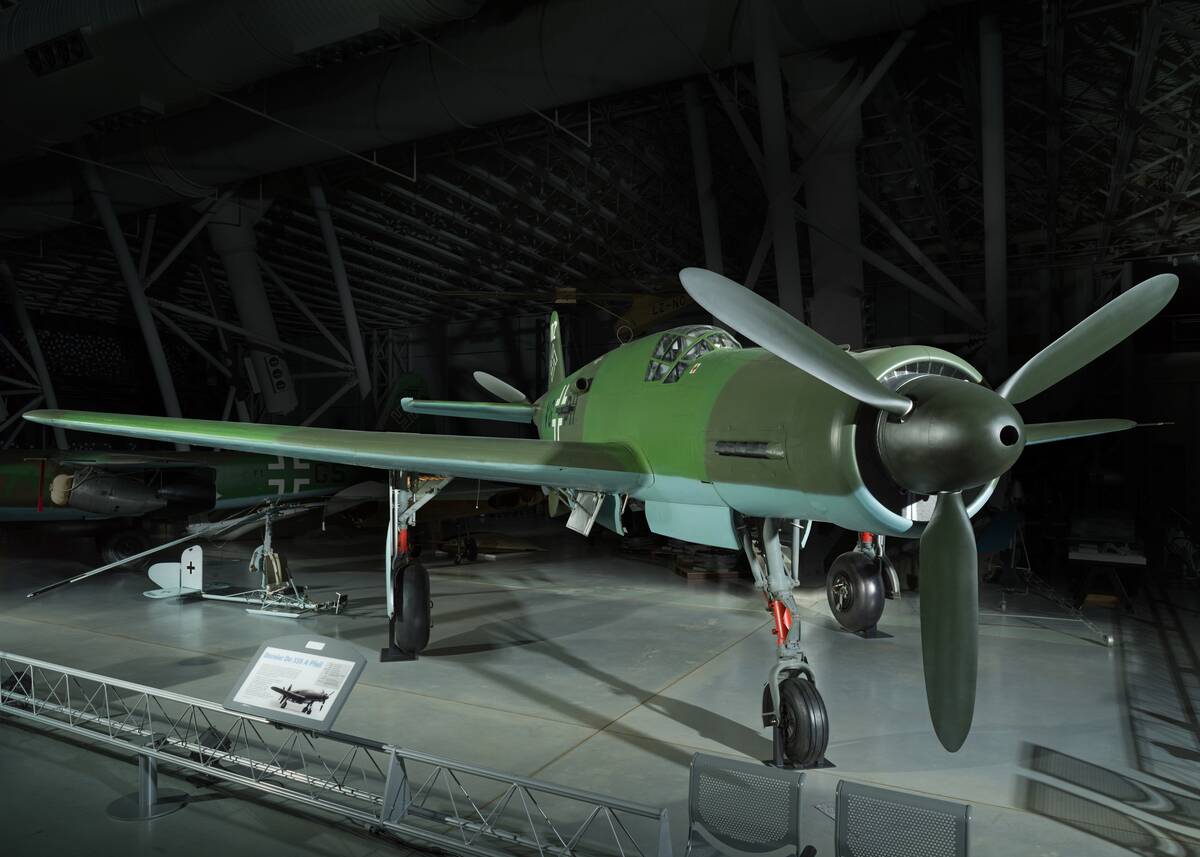
The National Museum of the United States Air Force in Dayton, Ohio, is a must-visit for aviation enthusiasts. Home to over 360 aircraft and missiles, it showcases the rich history and heritage of the Air Force. From vintage planes to space exploration artifacts, the museum offers an immersive experience, educating visitors on the evolution of aviation technology and the Air Force’s dynamic legacy.




